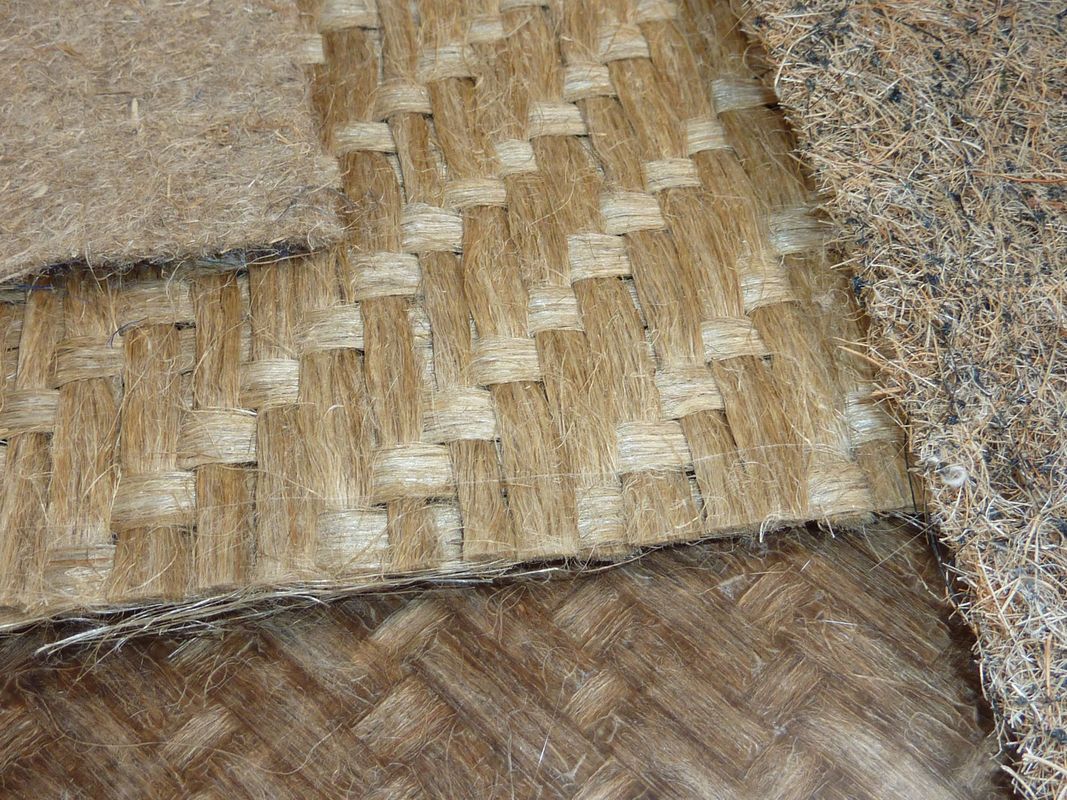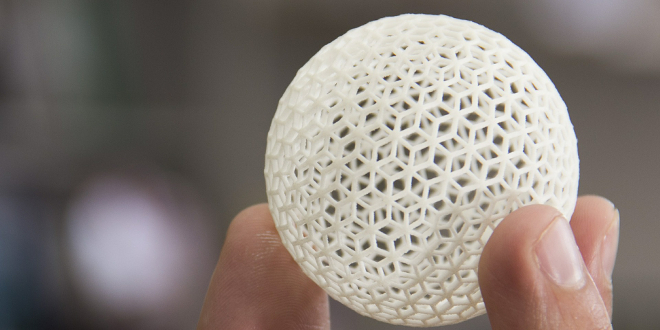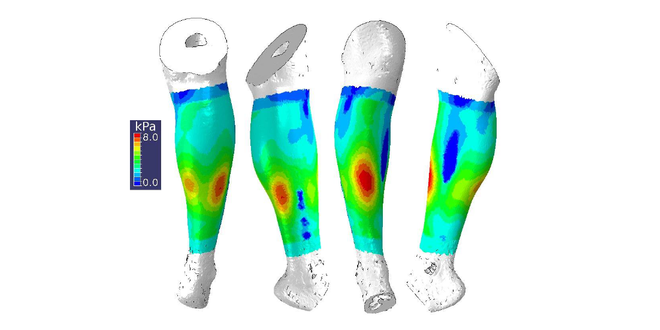
Bioplastics: “still a long road to higher performance”
Energy & environment, In the News, Industry, MaterialsAs required by environmental transition, materials of the future must be “greener”. Bioplastics in particular have become a main focus of attention, and are often presented as the solution to the pollution caused by the plastics we use every…

Flax and hemp among tomorrow’s high-performance composite materials
In the News, Live labs EN, MaterialsComposite materials are increasingly being used in industry, especially in the transport sectors (automotive and aeronautics). These lightweight and multifunctional materials have great potential for limiting environmental footprint, and will…

What is a composite material?
In the News, Materials, What's?Composite materials continue to entice researchers and are increasingly being used in transport structures and buildings. Their qualities are stunning, and they are considered to be indispensable in addressing the environmental challenges at…

Agro-based composite materials – a Mines area of expertise
In the News, MaterialsThe materials of the future need to be more than just high-performance. They must also be environmentally friendly: more recyclable and based on renewable resources. This is why scientists and industrialists are taking a closer look at composite…

The brain: the mechanics of convolutions
In the News, MaterialsWhy do our brains have so many folds? The answer to this question is far from simple. In fact, the answer only came at the beginning of 2016, from a team of researchers including members from Harvard University and Télécom Bretagne. Unlike…

Additive manufacturing, a process for the industry of the future
In the News, MaterialsAs a major component of the Industry of the Future project, additive manufacturing — or 3D printing — is leading to ever-increasing research on materials. Researchers at Mines Douai seized on the opportunity to explore this line of research…

When biology meets electronics
In the News, Live labs EN, MaterialsSince starting at Mines Saint-Etienne in 2009, researcher Róisín Owens has created unusual devices: cell cultures coupled with electronic monitoring, able to give a real-time measurement of the state of health and reactions of cells when confronted…

Biomechanics serving healthcare
Health, Live labs EN, MaterialsStéphane Avril, a researcher at Mines Saint-Étienne, describes himself as a “biomechanics” but would like to become a “mechanobiologist”, a switch from studying the mechanical properties of the body to decoding its biological mechanisms…

Recycling concrete and sediment to create new materials
Energy & environment, MaterialsHow can we meet the needs for construction materials in an environmentally responsible manner? Recycling could be the solution, but it is not yet easy to create high-performance and eco-friendly materials using waste. At the conference on Natural…

